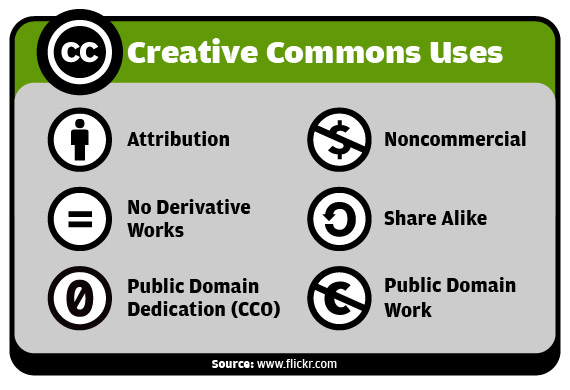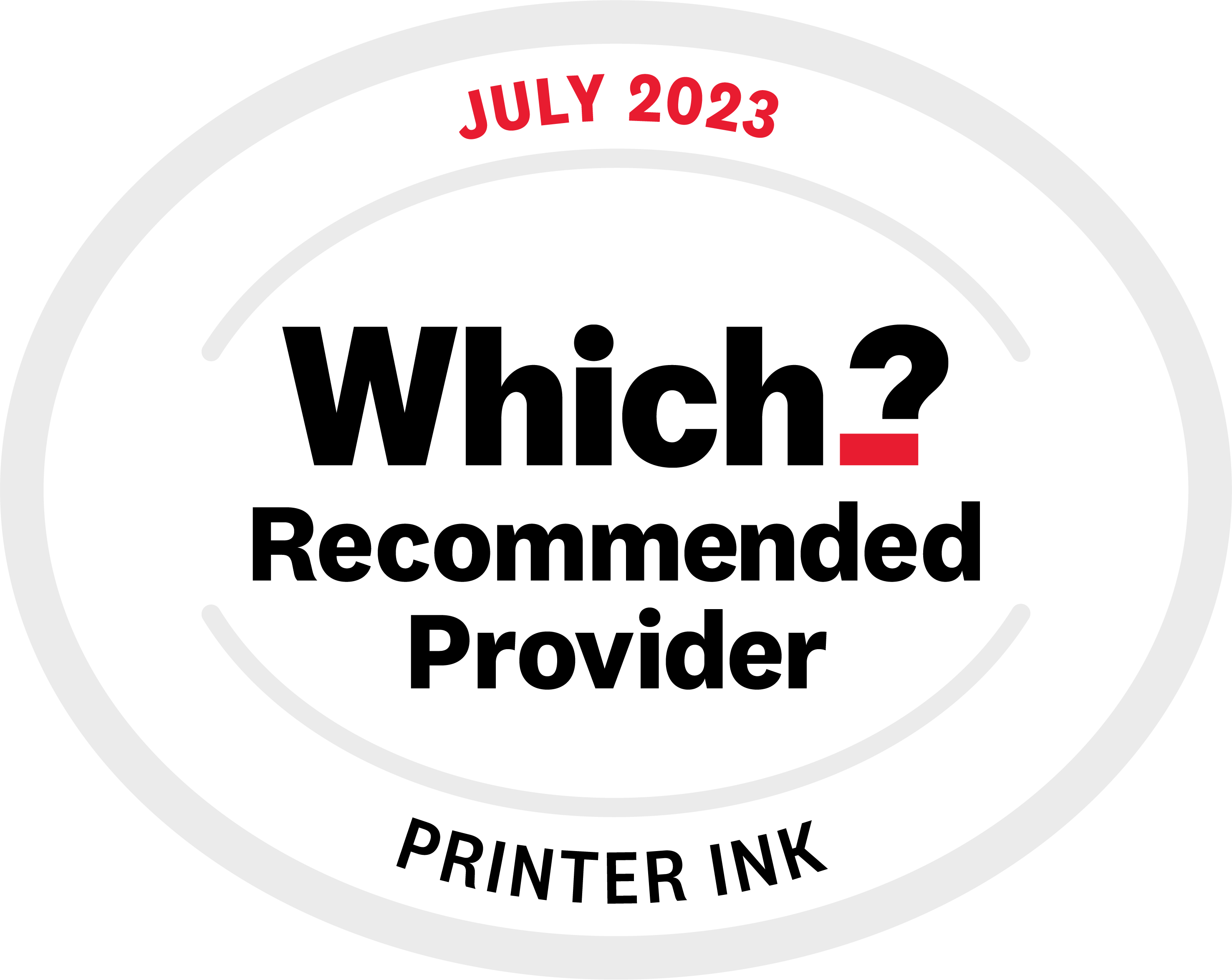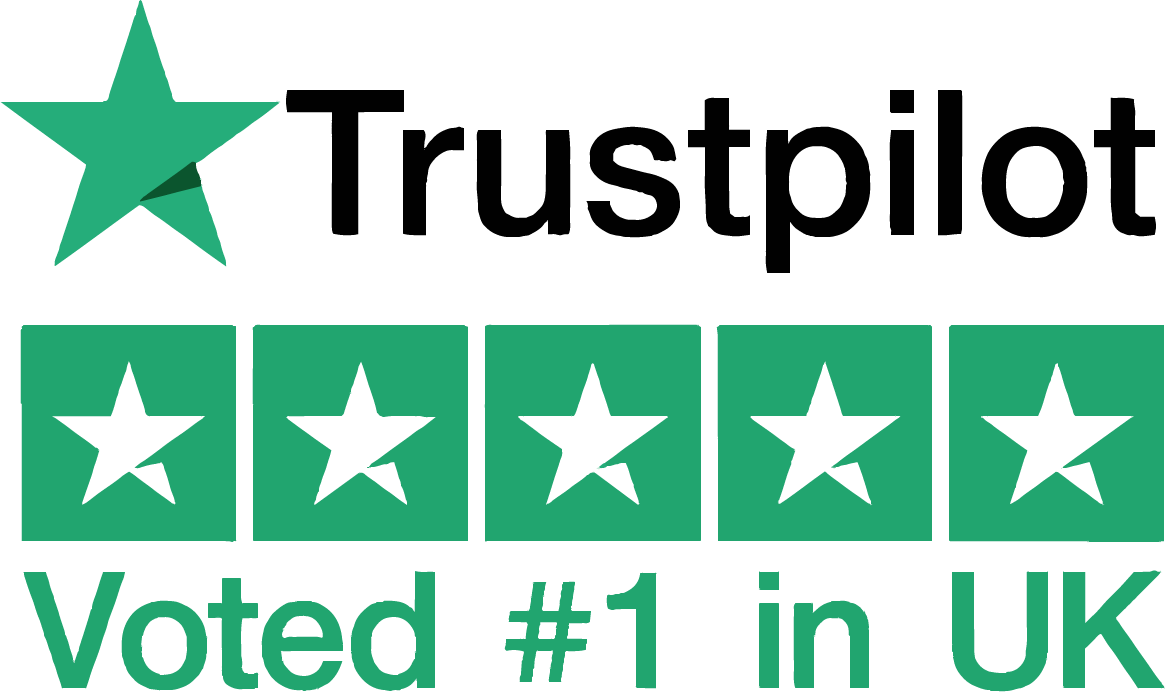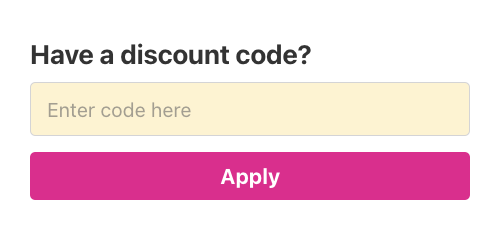The Ultimate Student Guide to Images
Many school projects require you to use images but, before you download something from the Internet, make sure you understand its copyright status. Copyright violations are serious crimes, and many copyright holders, especially corporations and government organisations, will pursue litigation to protect their intellectual property. This guide will delve into copyright law in plain English so that you can stay on the right side of the law.
Copyright - What is it?
In a general sense, copyright refers to the legal protection given to intellectual property. This content can be created as text, images, or other media. The created work is often referred to as a “protected work” or “copyright-protected work.” These protected works generally include:
- Literary works
- Dramatic works
- Musical writings
- Artistic creations
- Typographical
- Sound recordings
- Film
A literary work means songs, manuscripts, computer programs (including the code used to create the program or application), commercial documents, pamphlets, articles, newsletters, leaflets, poems, short stories, novels and other similar media.
Dramatic works include things like plays and dance. Musical writing includes both the score and the actual recording. Artistic compositions and creations means any photography or painting, sculptures, architecture, technical drawings, logos, and maps.
Typographical includes magazines and periodicals, sound recording includes recordings of other copyright-protected works, and film includes any kind of video footage, broadcast, and cable programming.
As soon as an individual creates any protected work, it is protected by copyright. The copyright holder does not have to file with the government or register with an international body.
However, for a copyright to be valid, the content creator must create an original work and that work must exhibit some degree of labor, skill, or some kind of personal judgment. Ideas are not protected by copyright, for example, but if you were to write those ideas down, those writings would be.
Who Owns The Copyright?
A copyright owner is the one who authored or created the work. These rights are exclusive, meaning that they are not shared by anyone else, though the copyright owner may sell or forfeit those rights at any time. If they are not sold, the duration of the copyright varies by country.
UK Copyright Laws
In the UK, the Copyright, Designs, and Patents Act allows for copyright protection to last 70 years after the author or creator dies, for literary works and film. In these cases, copyright lasts for 70 years from the end of the year the work was first available to the public. The only exception is when the author is unknown.
For other works, like sound recordings and broadcasts, the copyright is 50 years from the year the work was created or when the broadcast was made. Typographical copyrights end 25 years from the year when it was first published.
Two special copyright provisions - Crown Copyright and Parliamentary Copyright - last 125 years from the year the work was created and 50 years from the year the work was created, respectively. If the work was subject to Crown Copyright, but was made commercial available prior to 75 years from the year it was published, that copyright protection period is truncated to just 50 years.
US Copyright Laws
In the U.S. copyright law is simpler. All protected works created after January 1, 1978, are protected for 70 years after the author’s death. For works created “for hire” or anonymously or pseudonymously, the copyright is 95 years from publication or 120 years from creation, whichever comes first.
For all works created prior to January 1 1978, the copyright law is a bit more complex. For copyrights between January 1 1950 and December 31st 1963, for example, copyright renewal was necessary. The first 28-year term of a copyright was secured once the work was created, but a renewal registration needed to be made within a year beginning on December 31st of the following year after the initial term expired.
Copyrights secured between January 1 1964 and December 31st 1977 extended the renewal term to 67 years, yet still left the term divided between an initial 28-year term and a 67-year renewal term. The renewal did not need to be registered, however.
So, using older images from this time period, you would need to verify that there are no copyright restrictions preventing you from using it. If there are, you cannot use the image. If the copyright was not renewed, and you can verify it with the legal department at your college or university, you may be able to use the image as though it were in the public domain.
Any and all works protected by copyright cannot be reproduced, distributed, downloaded, or otherwise used without the explicit permission of the copyright holder. When you purchase a CD or a digital album online, for example, you are purchasing the rights to listen to the music, but you cannot distribute or copy those songs because that is not part of the licensing agreement you agree to prior to buying the music license.
The same is true of images. Always assume that an image that you have purchased, or obtained for free, is protected by copyright unless you can verify that it is not.
Fair Use
"Fair Use" refers to a U.S. provision (doctrine) in U.S. copyright law which states that brief excerpts of a copyright protected work may be used under certain circumstances. This includes direct quotations for purposes of criticism, teaching, reporting, news, or research.
The purpose and character of the use is taken into consideration when determining “fair use,” as is the nature of the copyrighted work. When quoting material or using images, the amount of, and substantiality of the portion used, relative to the original work is also considered. Finally, a court will consider the effect of your use on the potential market for, or the inherent value of, the copyright protected work.
Fair use must be decided by a court and, because of this, using copyright-protected work without permission is inherently dangerous since you cannot know in advance whether your use of the material would be considered “fair.”
A lawyer may be able to give you reasonable guidance on the issue of “fair use,” but always remember that a court of law makes the final determination.
If your use of a copyrighted work constitutes “fair use,” permission does not need to be given for quotations, excerpts, parodies, or other uses of the image, and no payment to the copyright holder is required. Unfortunately, this area of law is a bit vague and there are no hard and fast rules on what constitutes “fair use.”
Material that is used under fair use doctrine must be limited, defined, and used for "transformative purposes."
Creative Commons Licensing
The increasingly popular Creative Commons licensing refers to a non-profit organisation that allows for the sharing of otherwise copyright-protected material. In a sense, it is a type of copyright that is liberal in that all works protected under this license have generous reprint and use rights for third parties.
Content creators who adopt the Creative Commons licensing scheme start with a default “all rights reserved” status, meaning their work is fully protected by copyright. However, authors may easily change or update this status at any time to “some rights reserved.”
Under this licensing scheme, you might be able to share, distribute, copy, recreate, sell, or otherwise reproduce a copyright-protected work. Special notation and rules apply for each individual work, so you must study each protected work before using it for your own purposes.

Under Creative Commons, there are provisions for both personal and commercial use, use with attribution, use as long as you don't make any derivative works of the copyrighted work, share-alike provisions which allows you distribute the protected work under the same license as the original work, public domain dedication which places the work in the public domain and full public domain work licensing which puts the work fully into the public domain.
When searching the Creative Commons, these symbols will be readily apparent and you must adhere to them. They are not optional.
Source and Attribution Rules
When a work requires attribution, it means that you must attribute the work to the author. Authors sometimes require this as part of a licensing agreement. In plain English, it means that you must acknowledge the original author when you reprint the protected work.
This recognition may be in the form of a citation, a footnote, a link back to the original work, or some other type of recognition specified by the copyright holder. If you do not do this, you are in violation of copyright law and of the licensing agreement you agree to when reproducing the protected work.
For example, if you download a photo with a citation attribution license, and you use it in a research paper, you must place the attribution next to or near the image according to the author’s instructions and the terms of the license.
Another attribution type may require you to link back to the photo hosted at the Creative Commons or on the photographer’s website. Many photographers routinely check to ensure that their citations and link attributions are being followed, so make sure you are following the terms of the license.
Where To Find Legal Images
There are many resources online for free or low-cost copyright-free images. There are also many resources for Creative Commons, and similar, licensing that allows for generous use and reprint rights.
Free
Free sources include:
- Flickr Creative Commons
- The Commons by Flickr
- Behold
- Wylio
- PhotoPin
- Internet Archive Book Images
- The British Library's Flickr Stream
If you require high-resolution or independent artist contributions, there are several design studios and independent photographers offering limited licensing or works in the public domain.
Stock Snap
StockSnap.io has a large selection of stock photos. The site adds several hundred images each week, with thousands in its permanent database.
Unsplash
Unsplash contains high-resolution photos, and is considered one of the higher-quality free sites on the web. You must check each photo for copyright status before downloading and using, however most of them are released under the creative commons public domain license.
Gratisography
Gratisography hosts a number of high-res images that can be used for both personal and commercial projects, which includes educational use.
Death To The Stock Photo
Death To Stock Photos is an independent photography and design agency that gives away 10 photos every month.
Superfamous Studios
Superfamous Studios is a Los Angeles-based studio that allows you to use its photos as long as credit is provided in your project.
New Old Stock
Finally, New Old Stock contains vintage photos from public archives that are free of known copyright restrictions. However, you should individually validate all images you find.




